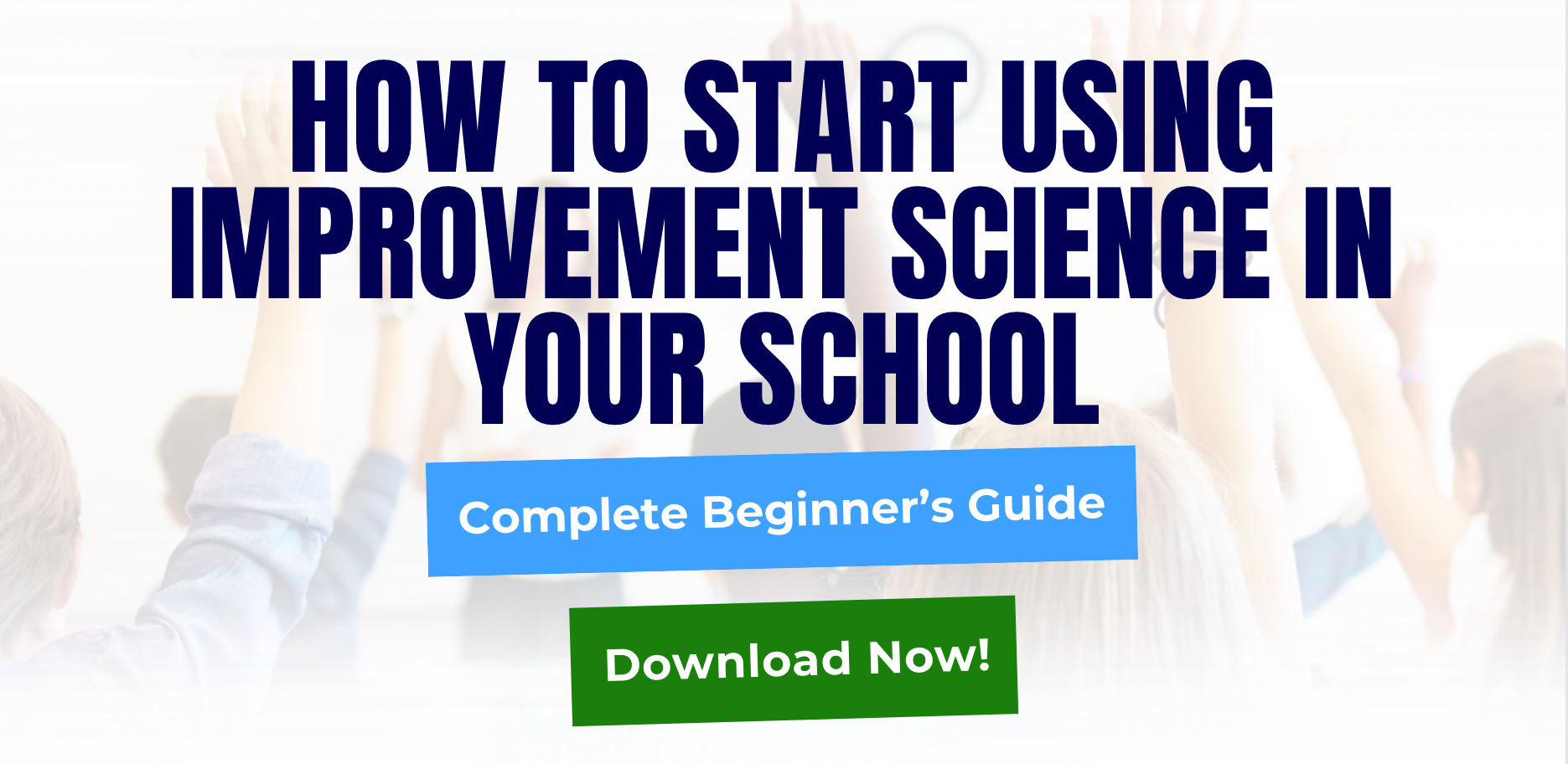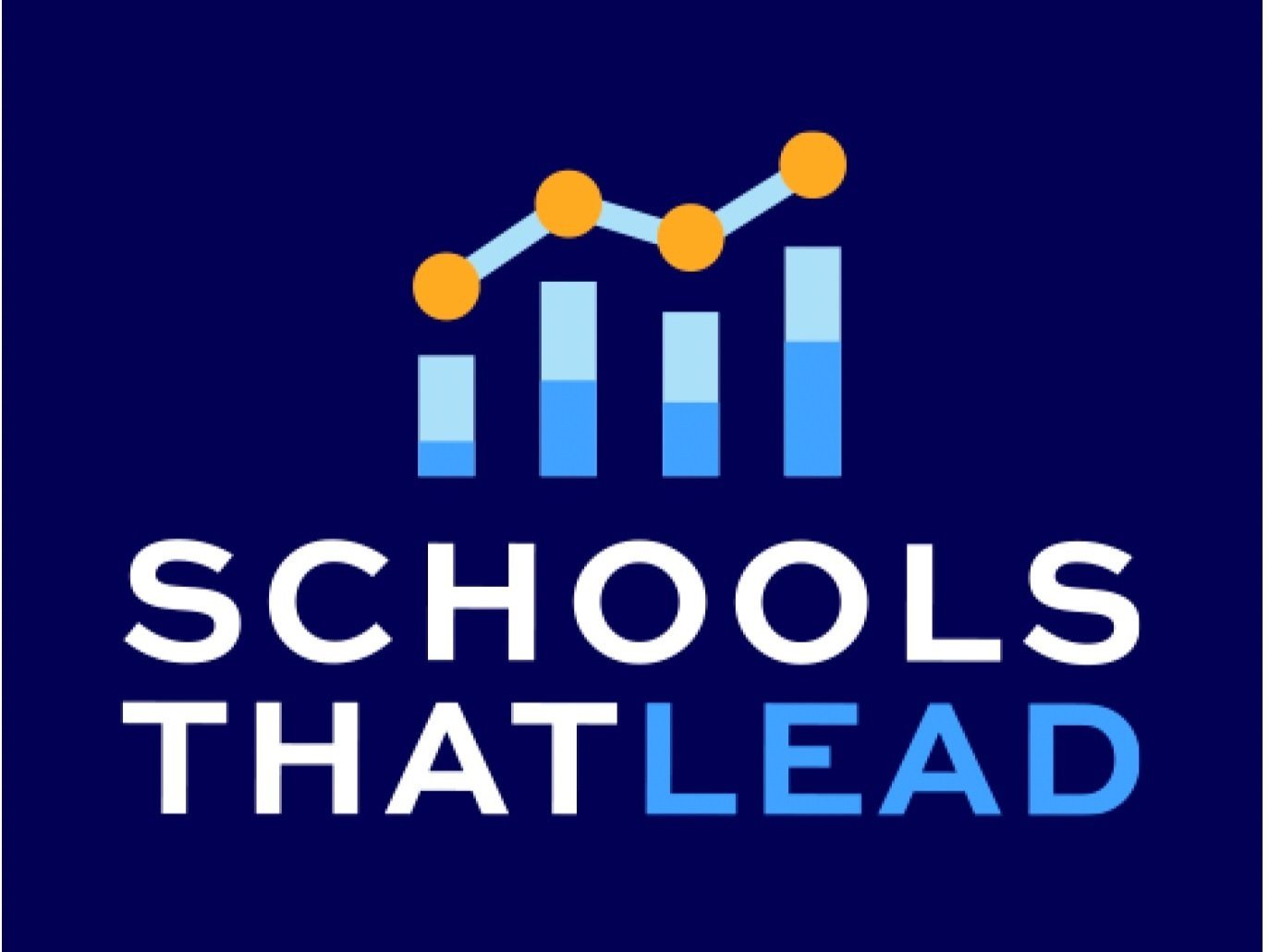15 Best Social Emotional Learning (SEL) Activities for High School Students
Social-emotional learning (SEL) teaches high school students how to understand and manage emotions, set goals, show empathy for others, establish positive relationships, and make responsible decisions. This helps them succeed socially and academically. Schools That Lead has extensive experience in SEL. In partnership with the Carnegie Foundation for the Advancement of Teaching that spanned four years, Schools That Lead worked with five other organizations to develop SEL strategies in our partner schools, using improvement science to both develop the strategies and get them adopted in the schools.
What is Social-Emotional Learning (SEL)?
Social-Emotional Learning (SEL) is an educational framework aimed at developing essential skills for personal and social growth.
SEL encompasses self-awareness, which involves recognizing one's emotions, strengths, and limitations to build confidence and self-efficacy; self-management, which includes regulating emotions, thoughts, and behaviors to achieve goals, manage stress, and control impulses; social awareness, which entails showing empathy and understanding for others from diverse backgrounds, recognizing social norms, and identifying resources and support; relationship skills, which focus on establishing and maintaining healthy and rewarding relationships through effective communication, active listening, cooperation, and conflict resolution; and responsible decision-making, which involves making ethical, constructive choices about personal and social behavior based on safety, social norms, and the well-being of oneself and others.
By promoting mental well-being and social skills, SEL supports student success and enhances students' ability to succeed in school, their career, and life.
The Student Agency Improvement Community of which Schools That Lead is a part of, includes academics in the SEL field, such as David Yeager and Chris Hulleman.
Why Social-Emotional Learning Matters
Social-emotional competencies provide a foundation that empowers student success in school/life across 5 key areas:
1. Academic Achievement
SEL skills like self-management, engagement, motivation, and perseverance translate directly to improved attendance and a higher graduation success rate.
2. Relationships
Learning to understand social cues, articulate feelings constructively, show empathy, resolve disputes diplomatically, communicate respectfully, and ask for support fosters far more positive peer and adult relationships critical for adolescent wellbeing.
3. Wellbeing
Students confident exhibiting SEL behaviors experience less anxiety/depression, aggression, and substance issues plus more school connectedness because competencies equip internal stability to manage difficulties adaptively and maintain composure even during adversity and uncertainty.
4. Workplace Readiness
As SEL nurtures personal management, responsible decision making, teamwork, and leadership strengths, useful behaviors transferable to future professional settings, students grow more in college/career developing soft skills employers demand like critical thinking, communication, agency, and work ethic.
5. Citizenship
Cultivating prosocial motivations, and consideration of ethical implications of a student’s actions and reinforcing responsible behaviors prepares adolescents to actively contribute to the community/society guided by empathy, morality, and civic awareness extending beyond self, hallmarks of engaged citizenship.
SEL allows students to understand, express, regulate, and leverage their emotions intelligently to positively influence directions life pathways take academically, socially, and vocationally thanks to newfound personal awareness and interpersonal faculties.
How to Implement Social Emotional Learning in Schools
To implement Social Emotional Learning (SEL) in schools, educators should follow a comprehensive improvement plan that includes creating a supportive school climate, integrating SEL into the curriculum, and providing professional development for teachers. Start by establishing a school-wide vision for SEL, ensuring all stakeholders understand its importance. Incorporate SEL activities into daily routines, such as morning meetings and group projects, to build self-awareness, self-management, social awareness, relationship skills, and responsible decision-making. Additionally, fostering a school culture of kindness and empathy through consistent positive reinforcement and modeling these behaviors is crucial. Providing teachers with ongoing training and resources helps them effectively incorporate SEL practices into their classrooms. Regularly assessing the SEL program and making adjustments based on feedback ensures continuous improvement and positive outcomes for students.
The 15 Best Social-Emotional Learning Activities for High School Students
Beyond core instructional academics, dedicated time for social-emotional learning skill-building maximizes the whole adolescent's capability to understand their feelings, manage emotional reactions constructively, and navigate complex interpersonal dynamics of emerging adulthood respectfully. When districts incorporate proven SEL activities into high school classrooms, data shows substantial improvements in attendance, graduation success rates, and the establishment of lifelong wellness habits. Here are the 15 social emotional learning activities:
1.Mindfulness Activities
Mindfulness activities like meditation, mindful breathing focused on the physical sensations of inhales/exhales, and practices scanning the body help students build present-moment focus concentration skills in an increasingly hurried and stressful academic pace. Teachers could facilitate 5-minute mindfulness sessions between lessons or before tests redirecting scattered attention. Yoga ties postures with breathwork for added whole-body centering. Apps offer short guided sits too.
2. Goal Setting and Reflection
Having students self-assess strengths and growth areas to create SMART personal, academic, or career development goals yields clarity while reflection journals measure effort against those aims to reinforce accountability adjusting approaches as needed. Think vision boards, skills checklists, and strategy/attitude adjustments when stalled.
3. Journaling
Regular journaling lets adolescents privately process disappointments, trauma, identity insecurities, relationship drama, or goal progress candidly without judgment as teachers provide thought-provoking prompts nurturing self-discovery habituating reflective practice improving coping resilience long-term.
4. Empathy Building Exercises
Reading emotionally complex first-person narratives through memoir excerpts builds related muscles. Role-playing tricky scenarios from parents, teachers, or peers' perspectives requires considering their constraints and feeling that tension before discussing takeaways. Analyzing subtle emotions in song lyrics or films also reveals nuanced motivations behind behaviors enhancing compassion.
5. Gratitude Exercises
Having students keep gratitude journals listing daily blessings counters our brains' negativity bias with regular affirming reflection on what's working. One-on-one interviews asking someone what they feel thankful for this year teach active listening and perspective-taking to balance hardship focus during adolescence.
6. Art Activities
Artistic self-expression releases pent-up feelings safely examining roots and frictions. Teachers could analyze stirring song lyrics discussing what emotions match the language. Freestyle raps or poems capture authentic snapshots of adolescent pressures. Abstract painting sessions allow playing with visual metaphors contextualizing struggles to process anxiously.
7. Group Discussions
For discussing complex social, and ethical dynamics without judgments, teachers facilitate small groups sharing experiences around a discussion prompt or case study. With moderation ensuring respect, students learn to frame issues with multiperspectivity, build listening skills, and gain confidence voicing thoughts in diverse peer settings.
8. Peer Support Groups
LGBTQ, racial/ethnic minority students can feel misunderstood or even ostracized in traditional social structures. Affinity groups led by like-identifying teachers nurture safe sharing spaces, commiserating struggles paired with mentorship conveying how to healthily navigate discrimination and embrace authentic self-concepts counteracting prejudiced messaging.
9. Community Service Projects
Volunteering at food banks, animal shelters, or care facilities expands civic perspectives realizing everyday realities faced outside their community. Local service protects marginalized residents through neighborhood cleanups, community gardening, graffiti removal, or English language tutoring. Taking initiative to help fosters leadership and change-making mindsets.
10. Conflict Resolution Activities
Teachers demonstrate win-win compromise tactics finding acceptable middle ground when goal priorities initially seem incompatible between disagreeing peers. Units on non-violent communication differentiate positions from needs. Student facilitators mediate hypothetical disputes as both sides explain root motives driving stances using "I feel, I need" statements to nurture empathy.
11. Active Listening Exercises
Sessions practicing engaged listening without judgment or interruption help students concentrate fully on partners sharing experiences so they can accurately summarize meanings afterward. Quick mini dialogues with timed sharing develop patience focusing even when disagreeing plus improve discourse and idea exchange quality.
12. Positive Affirmations
Classrooms that encourage individual and peer affirmation circles to share observed strengths or admirable traits, release feel-good neurotransmitters that bolster confidence in students to reach their potential despite their doubts. Visual affirmations are also effective in reinforcing purpose.
13. Anger Management Techniques
Roleplays practice de-escalating tension using timeouts, introducing factual information slowly, and regulating physiological reactions so emotions don't control reactive discourse counterproductively. This prevents unhealthy responses that make situations rapidly worse rather than diplomatically solving issues.
14. Social Media Literacy
Discussing the drawbacks of notification addiction, staged perfection filtering reality and influencer marketing tactics makes visible the profit-driven ploys common apps exploit keeping us scrolling. This consciousness empowers students to responsibly manage usage balancing online and offline presence.
15. Building Healthy Relationships
Using contrasts, educators establish standards of mutually caring, trusting, and respectful relationship dynamics against toxic stereotypes around jealousy, appearance focus, or manipulation that often unconsciously frame early romances. Discussions foster recognizing subtle red flags earlier and communicating needs assertively.
The Bottom Line
Social emotional learning activities are critical for adolescent well-being and success. SEL programming using these types of research-backed activities initiated by improvement science helps high school students articulate feelings, understand others, resolve interpersonal problems, and make responsible choices handling life more maturely alongside academic growth.
Learn how Schools That Lead helped North Carolina educators create their own strategies for managing the students in their care and improving student outcomes, such as a greater decline in chronic student absences than the state average.
Frequently Asked Questions:
1. Why is SEL Important for High School Students?
Social-Emotional Learning (SEL) is crucial for high school students as it equips them with essential life skills. It fosters emotional regulation, empathy, and responsible decision-making, leading to improved mental health, better academic outcomes, and enhanced social skills. These skills prepare them to navigate future challenges and opportunities with greater confidence and resilience.
2. How Can SEL Improve Academic Performance?
SEL enhances academic performance by promoting self-management, motivation, and perseverance. Studies show that students with strong SEL skills have better attendance, higher grades, and a greater likelihood of graduating. For example, mindfulness exercises can improve focus and concentration, while goal-setting workshops can enhance academic motivation and planning skills.
3. What Are Some Effective SEL Activities for High School Students?
Effective SEL activities for high school students include mindfulness exercises, goal-setting workshops, empathy-building exercises, group discussions, and conflict resolution activities. These practices develop emotional intelligence, enhance communication skills, and foster a supportive school environment. Improvement Science Tools can help tailor these activities to student needs.
4. How Can Teachers Integrate SEL into the Existing Curriculum?
Teachers can integrate SEL into the curriculum by incorporating SEL concepts into daily lessons, using group projects to build relationship skills, embedding mindfulness practices, and aligning SEL goals with academic objectives.
5. What Tools and Resources Are Available for SEL?
There are various tools and resources for SEL, including online platforms like CASEL, interactive apps like Headspace for mindfulness, curriculum guides, teacher training programs, and SEL assessment tools. Improvement Science Tools are also valuable for assessing and improving SEL program effectiveness.

TAQWANDA HAILEY
Taqwanda is the Chief Analytics Officer for Schools That Lead. With a Bachelor of Science in physics from North Carolina Central University, she has taught both secondary school and community college courses.


